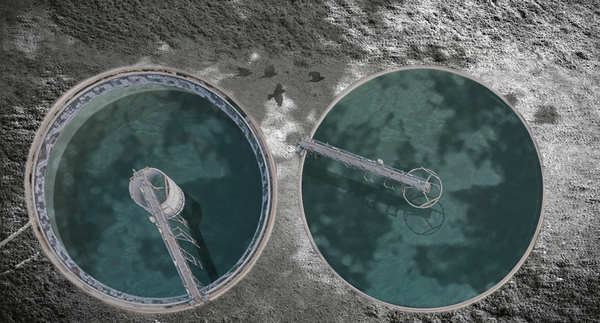This project explores how bio-economic resources (e.g., fish waste and harmful algae blooms) can be applied as material and spatial agents in the coastal landscape of Cumbria, England. The total area represents 14 ha of affected territories, evidencing the harmful algae bloom phenomena in both the local river and lagoon.
Instead of simply eradicating the occurring algae and waste from fishing activities, this study considers a future where the raw ‘bio’ materials can be reused in ways that will improve ecosystem health, economic self-sufficiency, and the overall well-being of the Haverigg’s rural population.
The project uses a systems-based approach in four prototype sites. Together, these systems work to balance the production of HABs and clean water and allow for the separation of waste for biogas energy, bioluminescent lights, and fertiliser.
Importantly, the prototype sites require ‘waste’ or rather, ‘raw materials’ to be reused productively as bio-economic resources and as material mediums for the landscape of Cumbria, hence requiring circular solutions for a waste-free world.


